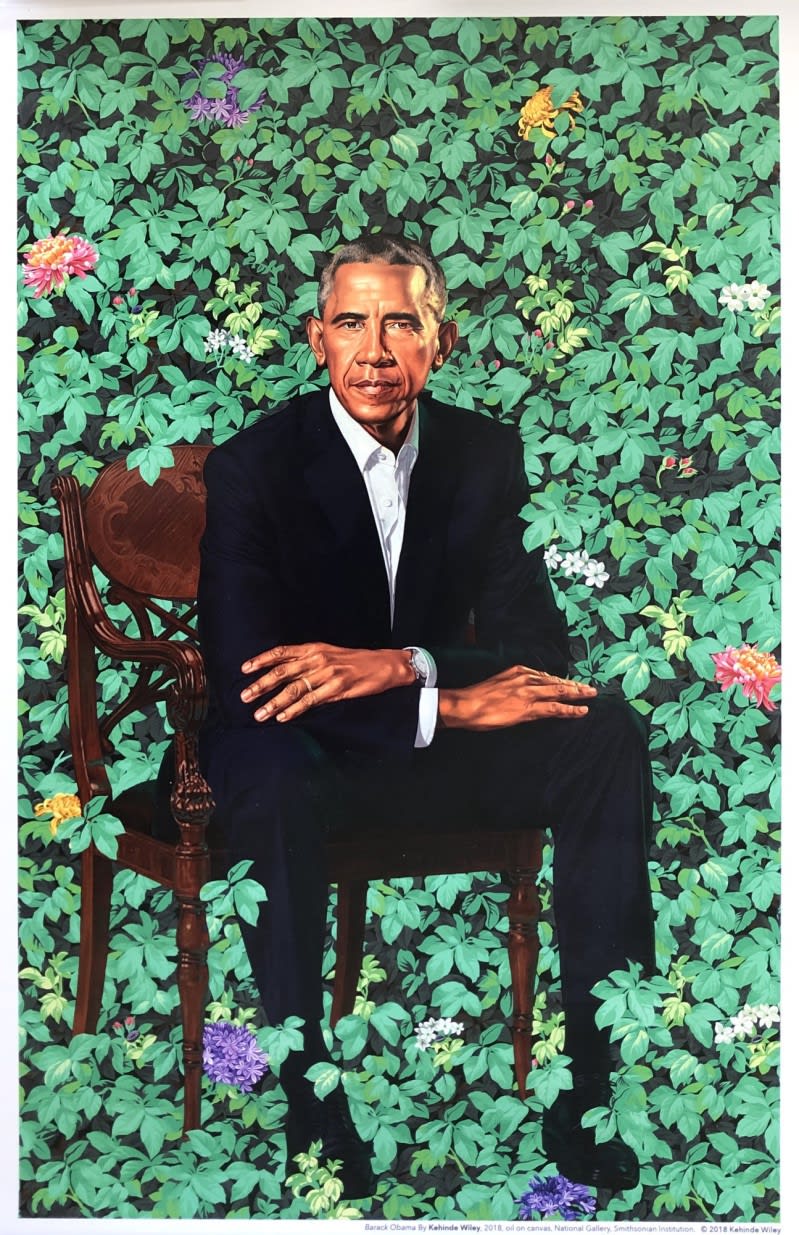
Art has always served as a mirror to the human experience, capturing our joys, sorrows, struggles, and triumphs. Contemporary art, with its boundless forms and conceptual freedom, takes this role to a new level, offering an expansive reflection of what it means to be human in a complex, ever-evolving world. Through diverse mediums and perspectives, contemporary artists explore the human condition by addressing identity, social justice, emotional vulnerability, and the interplay between humanity and technology. Their works challenge us to see ourselves more clearly, question societal norms, and connect with shared experiences across time and space.
Identity and Individuality
One of the central themes in contemporary art is the exploration of identity. Artists delve into personal and collective identities, reflecting the complexities of race, gender, sexuality, and culture. For instance, artists like Kehinde Wiley redefine traditional portraiture by placing Black individuals in positions of power and dignity, subverting the historical narrative of art as a domain of the elite and Eurocentric. Similarly, Zanele Muholi’s photographic work documents the lives of South Africa’s LGBTQ+ community, celebrating their existence while also highlighting the prejudices they face.
These works not only assert individuality but also reveal the interwoven nature of personal and collective histories. The nuanced portrayal of identity in contemporary art helps viewers confront their assumptions and broadens the conversation about who we are as individuals and as a society.
Social Justice and the Collective Experience
Contemporary art is deeply engaged with social issues, from climate change to systemic racism, political corruption, and economic inequality. Ai Weiwei’s installations, for example, use symbolic and monumental forms to critique censorship and authoritarianism, as seen in works like Sunflower Seeds and Remembering. His art transforms abstract ideas of oppression into tangible experiences, creating empathy and understanding among viewers.
Likewise, Kara Walker’s silhouettes interrogate the historical legacy of slavery and its enduring impact on American society. Her work often juxtaposes beauty and horror, forcing audiences to confront uncomfortable truths about their collective past and present.
Through these interventions, contemporary artists act as social commentators, illuminating issues that might otherwise remain invisible or neglected.
Emotional Vulnerability and the Universal
The human condition is not solely defined by societal structures—it also encompasses the inner world of emotions, memories, and existential questions. Contemporary artists like Tracey Emin and Marina Abramović delve deeply into emotional vulnerability, offering raw and personal reflections that resonate universally.
Emin’s My Bed, a candid display of her bedroom during a period of depression, transforms a private moment of despair into a powerful statement about mental health, inviting viewers to confront their own vulnerabilities. Similarly, Abramović’s endurance performances, such as The Artist Is Present, create spaces for shared intimacy, emphasising the emotional connections between artist and audience.
By laying bare the internal landscapes of the human experience, these artists bridge the gap between the deeply personal and the universally relatable.
Humanity and Technology
As technology increasingly defines contemporary life, artists are using it both as a tool and a subject to explore its impact on humanity. Rafael Lozano-Hemmer’s interactive installations, for instance, blend art and technology, using biometric data like heartbeats or voices to create a collective experience. His work examines the ways in which technology connects and alienates us, offering a commentary on the paradoxes of digital life.
Artists like Jenny Holzer and Trevor Paglen also engage with technology, highlighting its role in surveillance, communication, and shaping contemporary realities. Through their works, they critique the dehumanising aspects of technology while also exploring its potential to amplify human creativity and connection.
Art as a Space for Reflection and Dialogue
Contemporary art often defies straightforward interpretation, inviting viewers to actively participate in making meaning. This openness reflects the complexities of the human condition, where no single perspective can encompass the full breadth of experience. Works like Yayoi Kusama’s Infinity Rooms or Olafur Eliasson’s The Weather Project envelop viewers in sensory environments, creating spaces for introspection and collective engagement.
These immersive experiences highlight one of contemporary art’s greatest strengths: its ability to foster dialogue. By engaging with art, we enter into a conversation about what it means to be human, challenging our preconceptions and expanding our understanding of ourselves and others.
Conclusion
Contemporary art captures the essence of the human condition by embracing its contradictions: individuality and universality, despair and hope, connection and isolation. Through their diverse practices, contemporary artists reflect our shared experiences and challenge us to envision new possibilities for understanding and living. In a world that often prioritises efficiency and utility, contemporary art reminds us of the intrinsic value of reflection, creativity, and empathy—essential elements of what it means to be human.
Whether grappling with personal identity, confronting social injustices, or navigating the digital age, contemporary artists create spaces for us to see ourselves and each other with greater clarity and compassion. As we stand before their works, we are reminded that art is not a luxury, but a profound necessity for understanding and shaping the human experience.
